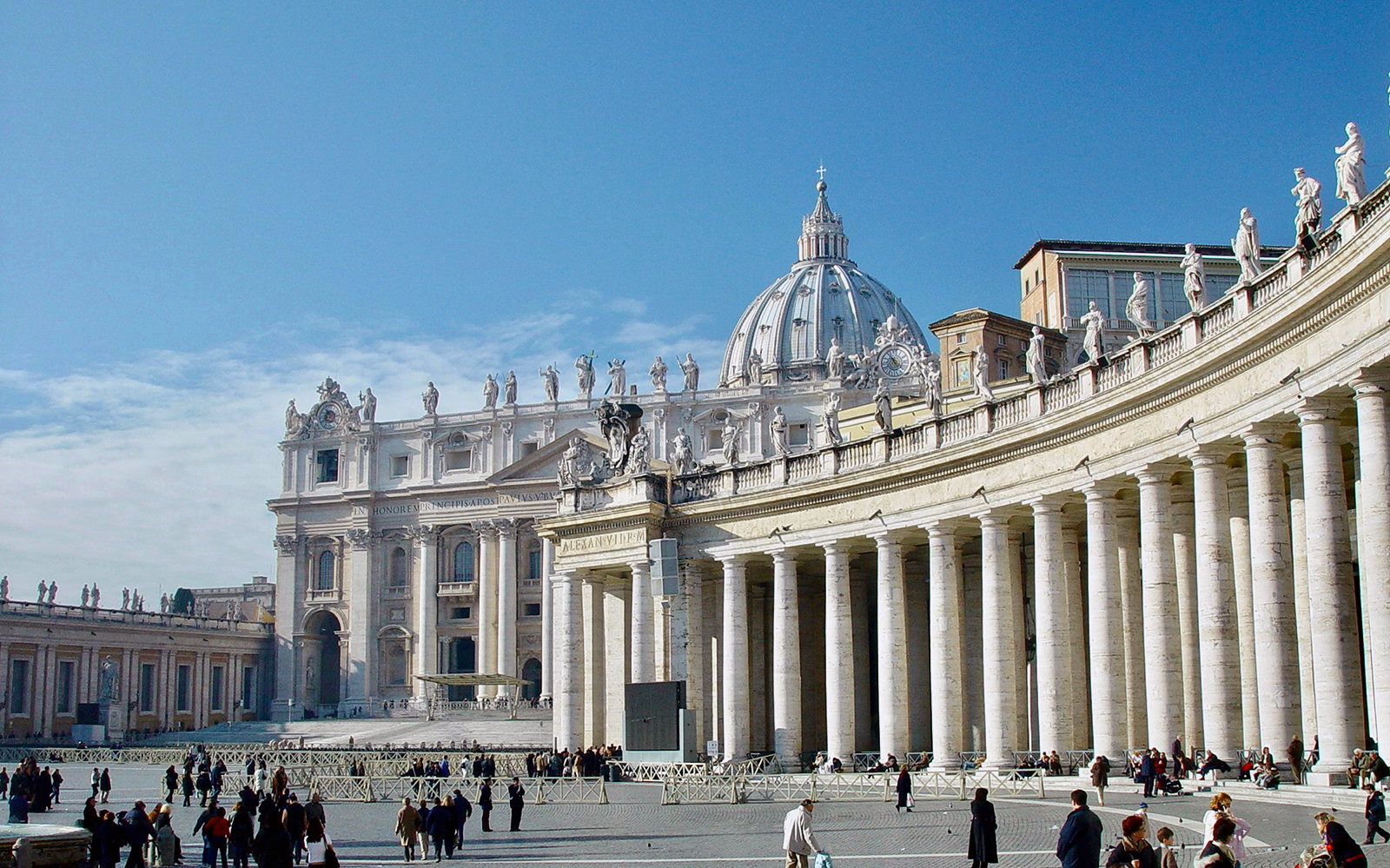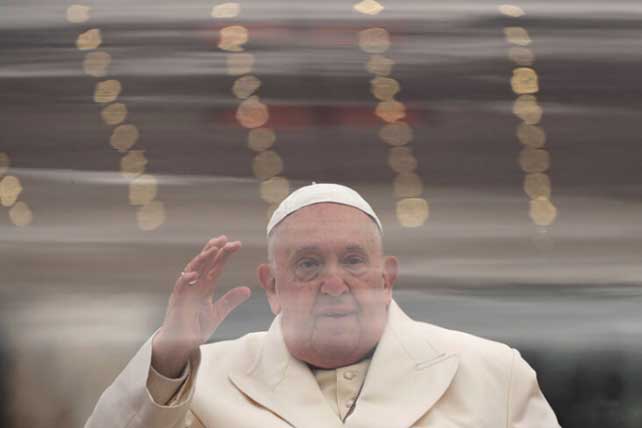VATICAN CITY (RNS) — In office buildings in Silicon Valley, at closed-door meetings in Rome and in private audiences with Pope Francis at the Vatican, programmers pushing the boundaries of artificial intelligence are mining the church’s insight on what makes human beings tick.
The rapid development in the field of AI “is asking us to think again fundamentally about what it is that makes us human. What distinguishes humans from machines?” said Bishop Paul Tighe, secretary of the Vatican Council for Culture and among a handful of Catholic clergy who are bridging the divide between scientific knowledge and the church’s spiritual and theological tradition.
In conversations with AI programmers and experts, Tighe said he talks about consciousness and “relationality” as key prerogatives of human beings that distinguish us from machines. But the creators of AI are not trying to re-create humans, he said in a recent interview with Religion News Service. “They are creating another type of entity.”
RELATED: Preparing Your Kids for Artificial Intelligence
As Silicon Valley fills with wannabe gods, they are turning to the Catholic Church’s 2,000-year-old study of the human condition for answers, and boundaries. “They are asking questions about ethics and the ramifications of what they are doing,” said the Rev. Philip Larrey, who teaches a course on technology and AI at Boston College.
The Rev. Philip Larrey. (Photo courtesy of Boston College)
Larrey frequently meets with movers and shakers in the field of AI, challenging them about the possibilities and possible threats of this developing technology. “Whenever you speak to these people you need to have a framework that makes sense. The Catholic tradition has an amazing framework that is incredibly relevant today,” he said, describing his role as translating “the language of tradition to the language of Silicon Valley.”
Larrey said he is asked about whether AI, which doesn’t need a body and can compute at a much higher level than humans, can be considered to be similar to angels. Transhumanists — who welcome technological improvements on human consciousness — ask him whether the human soul can be disconnected from the body.
“I tell them, ‘You can. It’s called death,’” Larrey said.
Pope Francis’ engagement in the field of AI has been growing steadily as the technology develops, and the Vatican announced on Friday (April 26) that the pontiff will participate in the session dedicated to AI of the next G7 summit, a meeting of representatives from Canada, France, Germany, Italy, Japan, the United Kingdom, the United States and the European Union, which will take place in southern Italy June 13-15.
While the Vatican also engages with the tech industry officially, its greatest influence on the field of AI — as with other scientific endeavors — is mostly through unofficial channels. “There is a strong effort by individuals in the Catholic Church to make a difference, to influence the policies that are coming out,” Larrey said, explaining that it is “not a unified or organized effort.”
“It’s about different actors who are using their networks, friendships and relationships to get the Catholic perspectives across,” he added.
Several tech CEOs visit the Vatican regularly for private meetings with Pope Francis, Larrey said, including Sam Altman, known as the “father” of ChatGPT; Demis Hassabis, who directs Google’s DeepMind AI project; and Elon Musk, who has already secured half a billion dollars for his xAI startup.
The Minerva Dialogues, an annual gathering in recent years of tech leaders and Catholic prelates at the Monastery of St. Mary Sopra Minerva in Rome, is an example of the deep mutual interest between the Vatican and Silicon Valley.
Founded by the Rev. Eric Salobir, a Dominican priest, the group has no website and operates under the Chatham House rule, which ensures privacy and anonymity for those who don’t want to tie their companies to the Catholic brand.

St. Peter’s Square at the Vatican. (Photo by Arnold Straub/Unsplash/Creative Commons)
Salobir is the founder of Optic, a network committed to bringing the Catholic perspective to the field of AI. In 2018, he organized the first “Vatican Hackathon,” where hundreds of young U.S. students came to Rome to workshop creative solutions to the world’s most pressing issues, from poverty to migration to climate change.
Among the participants in the Minerva Dialogues are Eric Schmidt, who was CEO of Google from 2001 to 2011 and its executive chairman from 2011 to 2015; LinkedIn co-founder Reid Hoffman; James Manyika, former head of the McKinsey Global Institute; Maurice Lévy of the Publicis Groupe, the world’s third largest advertising and communications group; and Carlo D’Asaro Biondo, former president of Google for Eastern Europe.
“The continuity of the dialogue has created a context of friendship,” said Tighe, who is among the organizers of the Minerva Dialogues. “There is a determined effort by all participants to try and ensure that the development of AI will ultimately be in service to humanity and trying to put the human person at the center,” he added.


